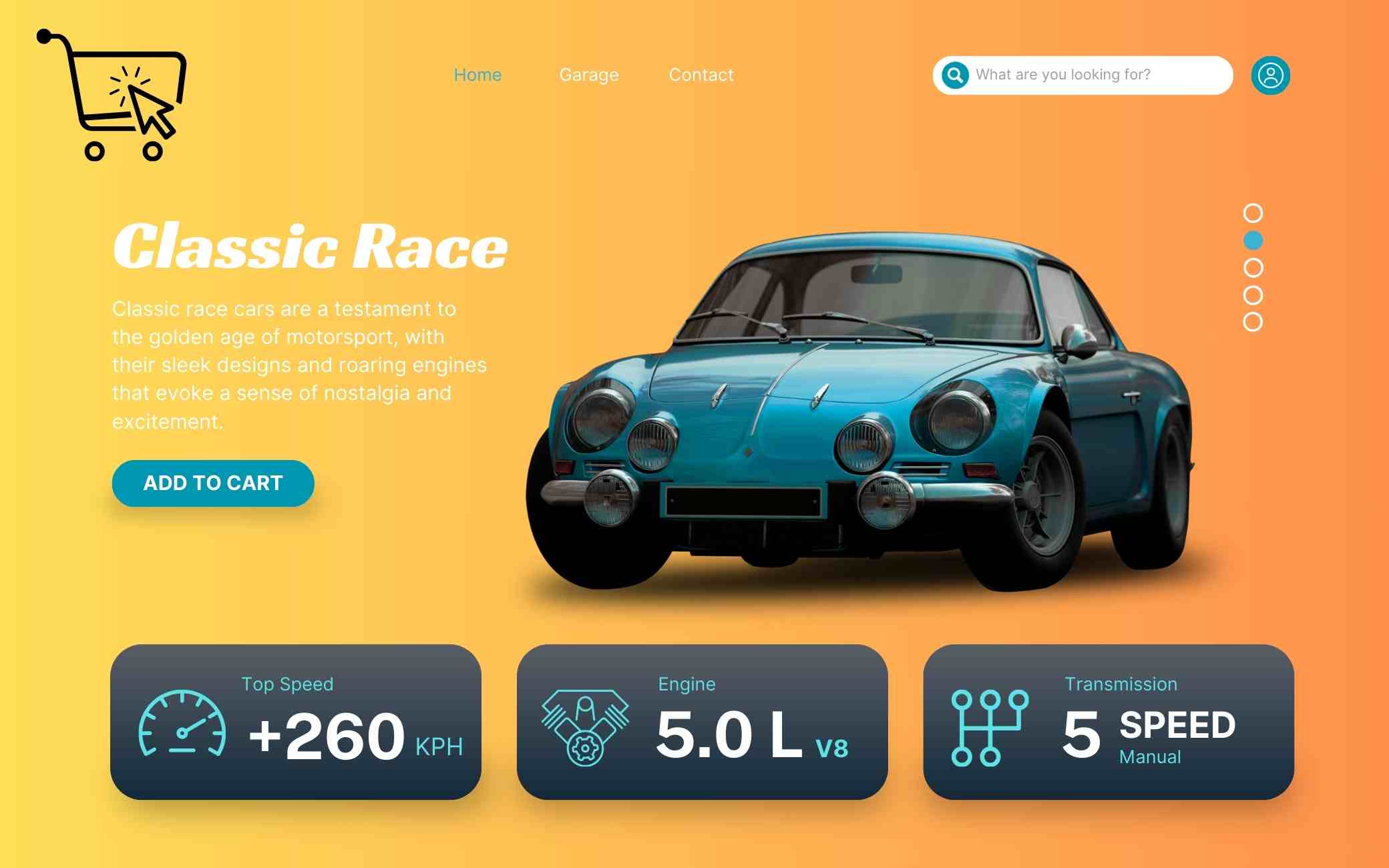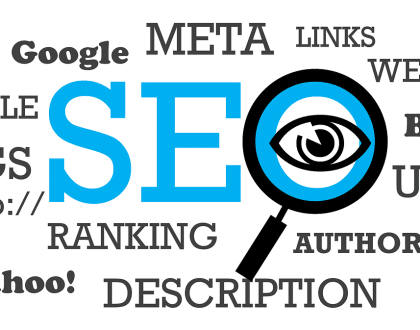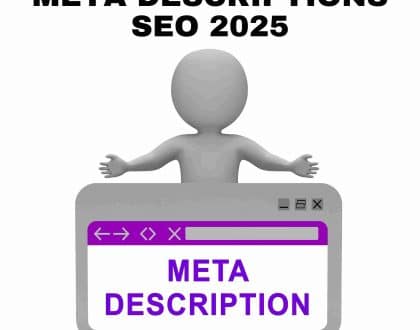Yellow in Website Design: A Comprehensive Guide

The Radiance of Yellow in Website Design- The realm of web design is a symphony of colors, typography, and layout. Each element is carefully orchestrated to create a harmonious digital space that resonates with users. Among the vast color palette available to web designers, yellow holds a unique place. It embodies the vibrancy of sunshine, the joy of a fresh morning, and the optimism of a new day.
The Radiance of Yellow in Website Design: A Comprehensive Guide
This comprehensive guide explores the profound influence of yellow in website design, delving into its historical significance, the psychology behind its use, practical applications, best practices, and examples across various industries.
Historical Significance of Yellow
Yellow, as a color, has a rich historical significance. In different cultures, it has symbolized various ideas and emotions.
Egyptian Sun Worship:
- In ancient Egypt, yellow was associated with the sun god Ra, symbolizing light, warmth, and creation.
Chinese Culture:
- In China, yellow has been historically linked to the imperial family and nobility, representing power and prestige.
Medieval Europe:
- In medieval Europe, yellow was used to symbolize Judas Iscariot and betrayal, but it was also associated with happiness and joy.
Understanding this historical context can help web designers choose the right shade of yellow that aligns with the website’s purpose and target audience.
The Psychology of Yellow
- Yellow is a color that exudes positivity, warmth, and energy. It’s often associated with happiness, enthusiasm, and creativity. Understanding the psychological implications of yellow is essential when integrating it into web design.
Positive Emotions
Happiness:
- Yellow is the color of happiness. It evokes feelings of joy and cheerfulness, making it a great choice for websites that want to create a positive user experience.
Optimism:
- Yellow is inherently optimistic. It can make users feel more hopeful and positive about the content they are engaging with.
Energy:
- Yellow is an energizing color. It can help create a sense of vitality and dynamism in web design.
Attention and Creativity
Yellow is also excellent at grabbing attention. When used strategically, it can guide users to key elements on a webpage.
- Call-to-Action Buttons: Yellow call-to-action buttons can stand out and encourage users to take desired actions.
- Creative Industries: Websites related to art, design, or creativity can benefit from yellow to convey innovation and originality.
Caution and Overuse
While yellow has numerous positive attributes, it should be used judiciously. Overusing yellow or using it inappropriately can lead to negative perceptions, including:
- Anxiety: Bright yellow can be overstimulating and may induce anxiety or strain the eyes if not used carefully.
Practical Application
Branding and Identity
Yellow can be a potent tool in establishing and reinforcing a brand’s identity. Here’s how it can be applied:
- Logo Design: Using yellow in a logo can create a strong visual connection with the brand.
- Branded Elements: Incorporating yellow into other branded elements like typography and graphics can further solidify brand recognition.
Attention and Call-to-Actions
As mentioned earlier, yellow is exceptional at drawing attention. It can be effectively utilized for:
- Call-to-Action Buttons: Yellow buttons for actions like “Sign Up,” “Buy Now,” or “Learn More” can significantly increase click-through rates.
- Important Messages: Critical messages or announcements can be highlighted with yellow to ensure they capture the user’s attention.
Emotional Impact
Leveraging the emotional impact of yellow is particularly valuable for websites aiming to create a specific atmosphere.
Warmth and Friendliness:
- Yellow can create a sense of warmth and friendliness, making users feel welcome.
Optimistic User Experience:
- Websites that want to convey optimism and positivity can achieve this through the use of yellow.
Best Practices for Yellow Website Design
Balance and Contrast
Using yellow as a primary color requires careful balancing with other colors to maintain visual harmony and readability. Here are some tips:
- Color Combinations: Pair yellow with complementary or contrasting colors to enhance its visual impact without causing visual strain.
- Typography: Ensure that text on a yellow background maintains a high level of contrast and is easy to read.
Consistency
Consistency is key in creating a professional and cohesive web design.
- Use the Same Shade: Maintain consistency in the shade of yellow used throughout the website.
- Uniform Application: Implement yellow uniformly across various elements to create a unified and polished look.
Accessibility and Readability
Considering accessibility is crucial in web design.
- Contrast: Ensure that there is enough contrast between yellow and other colors, especially for users with visual impairments.
- Text Legibility: Yellow text on a white background may strain the eyes. Test for readability and make necessary adjustments.
Use of Negative Space
Negative space plays a crucial role in preventing visual overload when using a vibrant color like yellow.
- Balance with White Space: Let the yellow breathe through ample negative space to maintain a visually appealing layout.
- Clutter-Free Design: Avoid overcrowding the page with too many elements. Allow yellow to take center stage where it matters most.
Testing and Iteration
A/B testing and user feedback are indispensable tools to gauge the effectiveness of yellow in website design.
- User Behavior Analysis: Study how users interact with yellow elements and iterate based on their responses.
- Mobile Responsiveness: Ensure that the use of yellow is consistent and effective across various devices and screen sizes.
Yellow in Various Industries and Examples
The application of yellow in website design varies across industries. Let’s explore how yellow is used effectively in different sectors:
Hospitality
- Hotel Websites: Yellow can be used to create a welcoming and inviting atmosphere, making users feel comfortable and excited about their stay.
- Travel Agencies: Travel websites often use yellow to evoke feelings of vacation and adventure, instilling a sense of excitement and wanderlust.
- Restaurant Websites: Yellow can make restaurant websites feel warm and friendly, encouraging visitors to explore the menu and make reservations.
Health and Wellness
- Fitness Centers: Yellow is used to represent energy and vitality, making it an excellent choice for fitness-related websites.
- Wellness Retreats: Yellow can convey feelings of peace and tranquility, creating a harmonious environment for wellness retreat websites.
- Healthcare and Nutrition: In healthcare and nutrition, yellow can symbolize health and vitality, promoting a positive mindset.
Children and Education
- Educational Platforms: Yellow is often used in websites targeting children. It represents playfulness and fun, creating an engaging and child-friendly environment.
- Preschools and Kindergartens: Yellow is a staple in preschool and kindergarten websites, creating a joyful and inviting space for young learners.
Technology and Innovation
Tech Startups: Some technology companies use yellow to convey innovation, energy, and optimism, which adds a lively touch to their websites.
- Innovative Products: Websites showcasing innovative products or services often employ yellow to highlight their cutting-edge nature.
Mobile Responsiveness and Yellow Design
The increasing prevalence of mobile devices demands that web designs are responsive and visually appealing on various screen sizes.
- Adaptable Color Schemes: Ensure that the use of yellow is effective and visually appealing across different devices, without compromising on readability.
- Touch-Friendly Elements: Buttons or navigational elements in yellow should be easily accessible and user-friendly on touchscreens.
- Page Load Speed: Optimize images and elements in yellow to ensure that they don’t compromise the website’s load speed on mobile devices.
Conclusion: The Radiance of Yellow in Website Design
The color yellow, with its inherent brightness and vibrancy, holds immense potential in shaping user perceptions and emotions within website design. Embracing the radiant hue of yellow can transform digital spaces, infusing them with the warmth and positivity reminiscent of a bright, sunlit day.
However, it’s essential to approach the use of yellow in website design thoughtfully, considering the brand identity, user experience, and visual appeal. By understanding the psychological implications, best practices, and industry-specific applications, designers can effectively harness the power of yellow to create engaging and user-friendly digital experiences.
As digital landscapes continue to evolve, incorporating the sunshine-infused hue of yellow into website design offers an opportunity to captivate and delight users, leaving a lasting and positive impression.
This expanded article provides a more in-depth exploration of the role of yellow in website design, covering historical, psychological, practical, and industry-specific aspects while also addressing mobile responsiveness. If there are specific areas or further details you’d like to focus on within this article, please let me know!
Recommended Posts

Local SEO vs. Global SEO: A Comprehensive Guide
May 14, 2025



